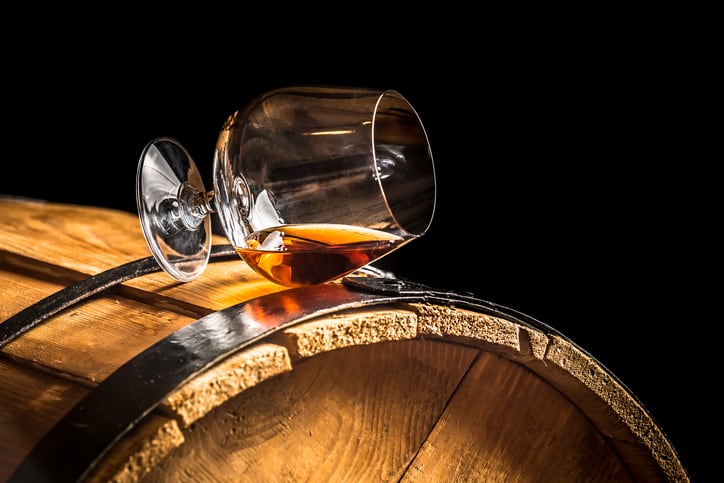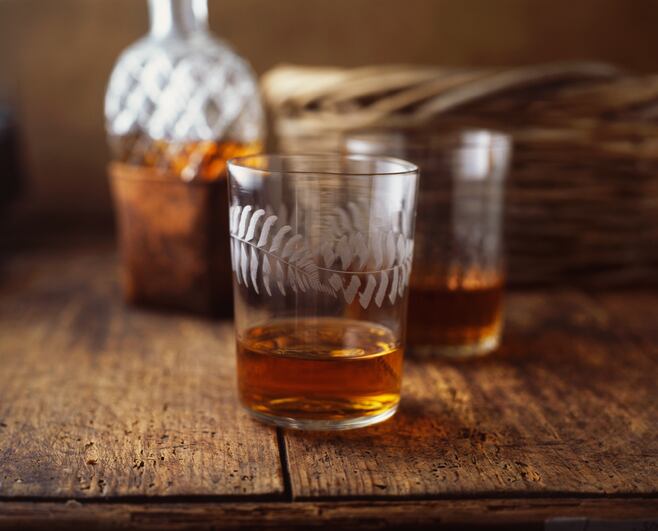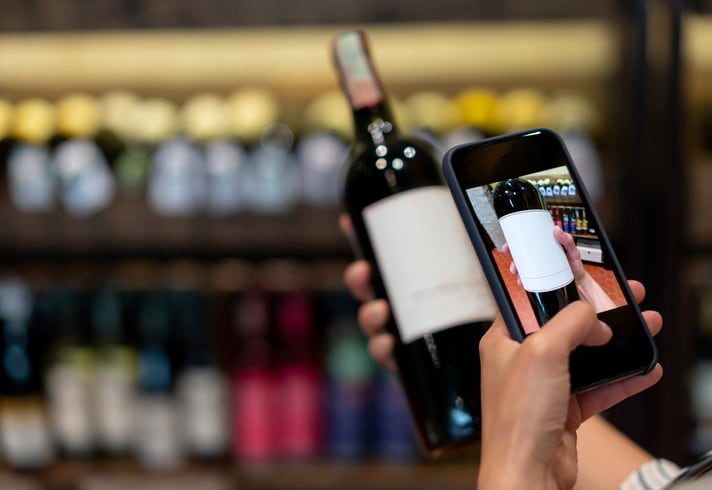While the category makes up a relatively small percentage of the total US spirits industry, the focus on premium, artisanal spirits is graining ‘significant traction’.
Despite the turmoil caused by the coronavirus pandemic, in 2020, craft spirits in the US registered a volume gain of close to +8%, while non-craft spirits volumes posted approximately +5% growth. This allowed the craft segment to achieve a 5% volume share of the total US spirits market, and a 7% value share.
The growth gap between mainstream and craft spirits is set to widen in the coming years, with IWSR analysts predicting a +21% CAGR in US craft spirits for 2020-2025, while US non-craft spirits is expected to register a +4% CAGR for the same period.
While the craft segment is clearly buoyant, growth over the next five years will decelerate compared to the previous five years, due to increasing market maturity and competition.
Surviving (and thriving) during the pandemic
While craft distilleries faced challenges from the pandemic – including forced closures of tasting rooms and a lack of access to bars and restaurants (key revenue drivers for smaller producers), the impact on sales was less severe than expected.
Lockdown measures forced distillers to diversify their sales channels by pivoting to ecommerce and direct-to-consumer, and investing in growing their outdoor entertainment spaces. In parallel, craft spirits producers were aided by the loosening of alcohol legislation.
Lockdowns and other restrictions also prompted brands to expand distribution and enhance connections with their local communities via social media – ‘strategic changes that will continue to pay dividends in the longer term.
The success of the craft spirits sector is evidenced in the figures for distillery openings and closings. While there was a record 56 distillery closures in the US in 2020, the craft segment saw the opening of 33 more distilleries than in 2019.
This is still a significant deceleration of new openings compared to previous years, but shows the buoyancy of the sector in a time of turmoil.
Now, the number of new craft distilleries is set to significantly ramp up in the next four years, with a predicted 265 set to open in 2025 alone.
Craft spirits steal market share
In both value and volume terms, the craft spirits sector is projected to continue to take share of total spirits.
- In 2015, craft’s volume share was 2%: this reached 5% in 2020, and is forecast to reach 10% by 2025.
- In value terms, craft took 5% of the market in 2015; this reached 7% in 2020 and is expected to reach over 13% in 2025.
(In comparison, the craft beer industry took at 12.3% volume share and 23.6% value market share of the US beer industry in 2020, according to figures from the Brewers Association.)
Dominant craft categories
All craft spirits categories are predicted to post growth in the years to 2025.
This includes those that are seeing declines in the total non-craft market. The US rum market, for example, is expected to see a 2020-2025 CAGR volume decline of -1%, while craft rum is forecasted to grow +12% in the same period.
The biggest category in US craft spirits is US whiskey, which has a 36% share. Sub-categories such as Tennessee and blended whiskey are expected to hold the greatest volume growth potential within total US whiskey.
However, craft gin is forecasted to post the greatest growth in total spirits over the forecast period. In 2020, craft gin only possessed a 9% share of the total US craft spirits market, but the category is forecasted to register a CAGR of +23% from 2020 to 2025. This compares to a +2% CAGR for total gin in the US over the same period.
Craft spirit growth will be driven by brands expanding their distribution nationally; some of which will be the result of acquisitions by larger groups, notes IWSR.
Craft gin benefits from a significant price premium: while the average retail price of a 750ml bottle of gin sold in the US last year was US$16.77, the average craft gin retails for more than US$30.
Other categories that are emerging within the craft spirits space in the US and carving out their own niche following are flavored whiskey and agave-based spirits. While innovation continues to drive the evolution of the flavored whiskey space, there is an opportunity for agave spirits to fill the growing gap left by tequila, which continues to face substantial supply challenges.
With consumers willing to pay a premium – and the opportunities available to brands willing to experiment and innovate – the future looks promising for the category, said IWSR analyst Ryan Lee.
“Brands are driving up their popularity with consumers by leveraging regional botanicals, aged expressions, flavors and other innovations.
“Our findings suggest the US craft spirits segment has ample opportunities for evolution and growth, and continues to be an attractive investment proposition for brands.”




